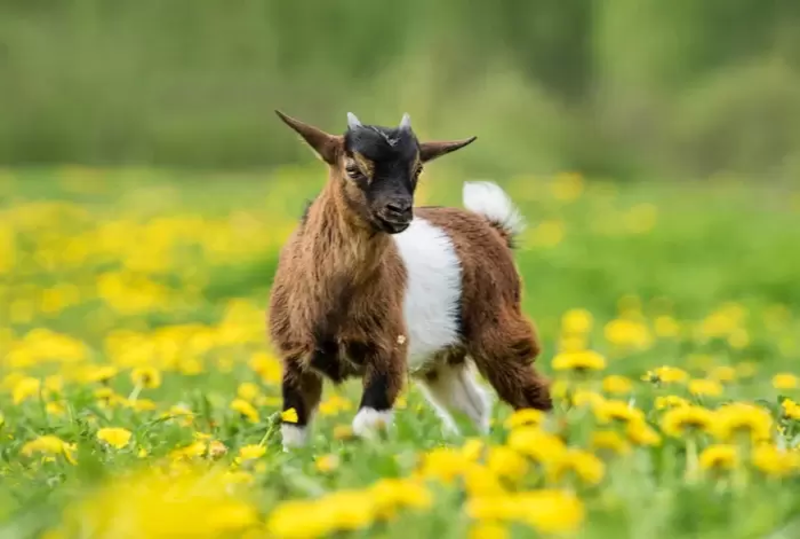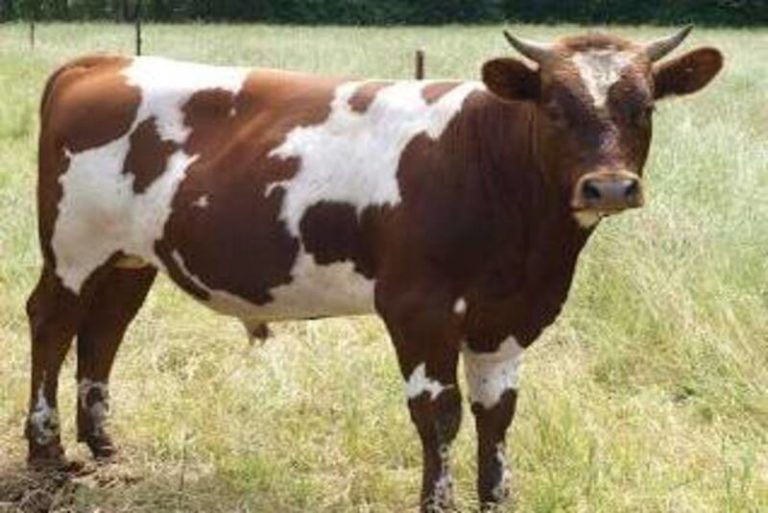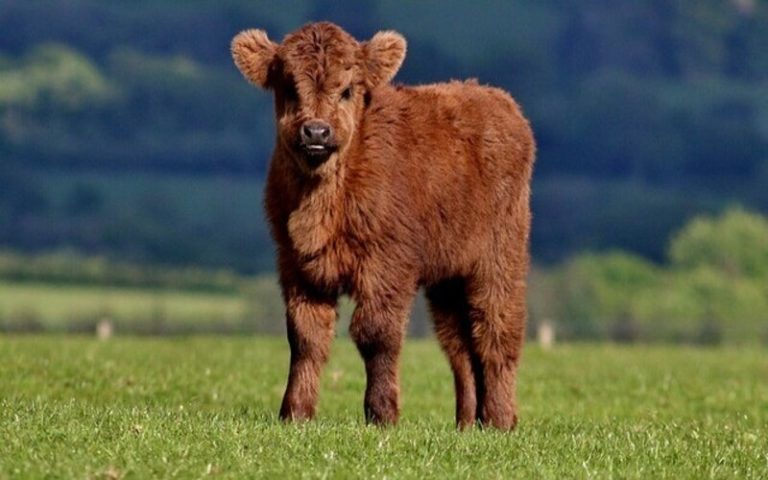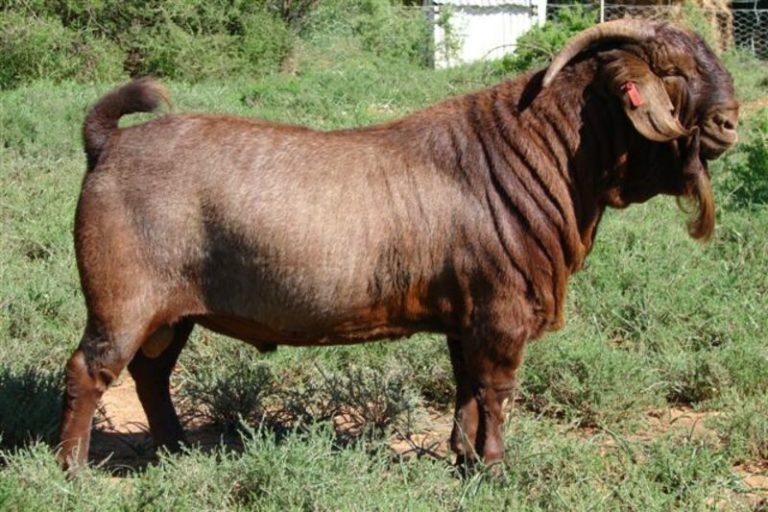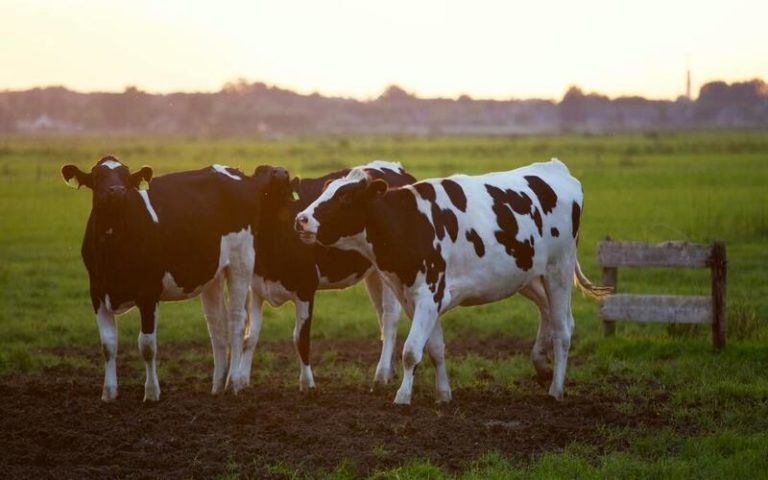Pygmy Goats: The Ideal Breed for Urban Homesteading
Pygmy goats are a domestic breed of goat that are known for their small size and friendly personalities. They are typically kept as pets but can also be raised for meat or milk.
In this article, we’ll talk about pygmy goats’ history, appearance, care, and behavior, as well as give you tips on how to breed and raise them.
History
Pygmy Goats are small domestic goats that originated in West Africa, where they were raised by the Bantu people as a source of meat and milk. In the end, these goats were brought to zoos and animal parks in Europe and North America. It wasn’t until the 1950s that they were recognized as a separate breed.
The modern Pygmy Goat breed as we know it today was developed in the 1970s in the United States. In the 1950s, American breeders started to bring West African Pygmy goats into the country. Because they are small and friendly, they quickly became popular as pets and show animals.
In 1982, the Pygmy Goat Club was formed in the United States, and the breed was officially recognized by the American Dairy Goat Association (ADGA) in 1991. Today, Pygmy goats are a popular breed among hobby farmers and homesteaders, as they are easy to care for and can provide a source of milk, meat, and fiber.
Pygmy Goats have also been exported to other countries, and the breed is now found in many parts of the world. However, it is important to note that there are regional variations in Pygmy goat breeds, and some countries may have their own distinct varieties.
Physical Characteristics
Pygmy Goats are small domestic goats that are characterized by their diminutive size and compact, muscular build. Here are some of the physical characteristics of Pygmy goats:
- Size: Pygmy Goats are small, typically standing 16 to 23 inches tall at the shoulder and weighing between 50 and 85 pounds. They are roughly half the size of standard dairy goat breeds.
- Coat: Pygmy Goats have a short, dense coat that can be a variety of colors, including black, brown, white, gray, and caramel.
- Horns: Both males and females can have horns, which grow straight out from the head and curve slightly upward. Some breeders may choose to dehorn their goats for safety reasons.
- Ears: Pygmy Goats have large, floppy ears that are often held horizontally or droop downward.
- Body shape: Pygmy Goats have a broad, deep chest and a sturdy, muscular build. Their legs are short and stout, and their hindquarters are well-rounded.
- Lifespan: Pygmy goats have a lifespan of 10 to 15 years.
Overall, Pygmy Goats are known for their friendly and curious personalities, which make them popular pets and exhibition animals. They are also hardy and adaptable, able to thrive in a variety of climates and environments.
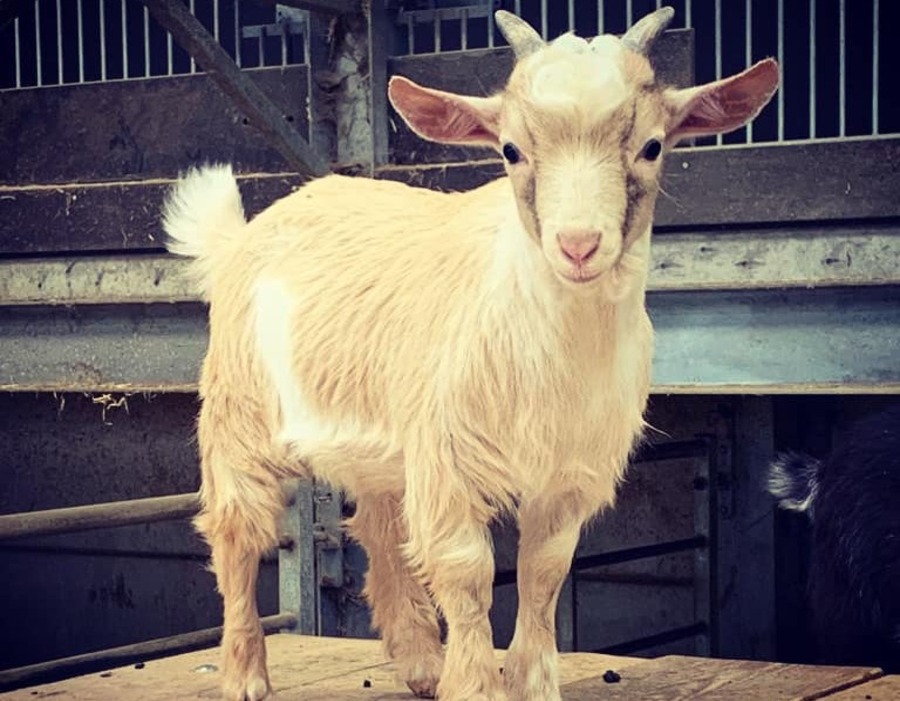
Care
Pygmy Goats are relatively easy to care for and require similar care as other breeds of goats. They need a clean and dry shelter to protect them from the elements, as well as a fenced outdoor area for exercise.
They should have access to fresh water at all times, as well as hay or other forage to graze on. Pygmy goats also need regular hoof trimming, vaccinations, and deworming to stay healthy.
Behavior
Pygmy Goats are known for their friendly and curious nature, making them popular as pets. They are social animals and should be kept in pairs or small groups.
Pygmy Goats are also very active and playful, and they love to climb and explore. They can be trained to walk on a leash and perform simple tricks.
Breeding and Raising
Breeding Pygmy Goats can be a rewarding experience, but it requires careful planning and preparation. Bucks should be chosen for their size, conformation, and temperament and should be tested for genetic diseases before breeding.
Does should be in good health and at least 18 months old before breeding. Pygmy goats have a gestation period of approximately 150 days, and females typically give birth to one to four kids at a time.
Pygmy Goat kids are typically weaned at 8 to 12 weeks of age and should be kept with their mothers until then. They should be handled regularly to get them used to human interaction.
As they grow, they will need regular hoof trimming, vaccinations, and deworming. They can be fed a diet of hay, grain, and forage and should have access to fresh water at all times.
Pygmy Goat Varieties
There are several different types of pygmy goats, each with their own unique physical characteristics and breeding requirements. Here are some of the most common types of pygmy goats:
African Pygmy Goats: This is the original type of pygmy goat, which is native to West Africa. They have a stocky build and a short, fine coat that can be a variety of colors.
American Pygmy Goats: This breed was developed in the United States in the 1950s and 1960s and was bred to be smaller and more compact than the African pygmy goat. They have a gentle temperament and a short, straight coat that can be a variety of colors.
Nigerian Dwarf Goats: While not a true pygmy goat, Nigerian Dwarf Goats are a small breed that is frequently confused with pygmy goats.They have a similar size and temperament to pygmy goats, but have a longer, fluffier coat and come in a wider variety of colors.
Cameroon Dwarf Goats: This is a very small breed of goat that is often called a “pygmy” goat, although it is not technically a pygmy goat. They have a similar temperament to pygmy goats and come in a variety of colors.
Spanish Goats: While not typically referred to as “pygmy” goats, Spanish goats are a small breed that is sometimes used for crossbreeding with pygmy goats to produce smaller offspring. They have a long, thin body and a short coat that can be a variety of colors.
Overall, Pygmy Goats are known for their small size and friendly temperament, making them popular as pets and for small-scale farming.
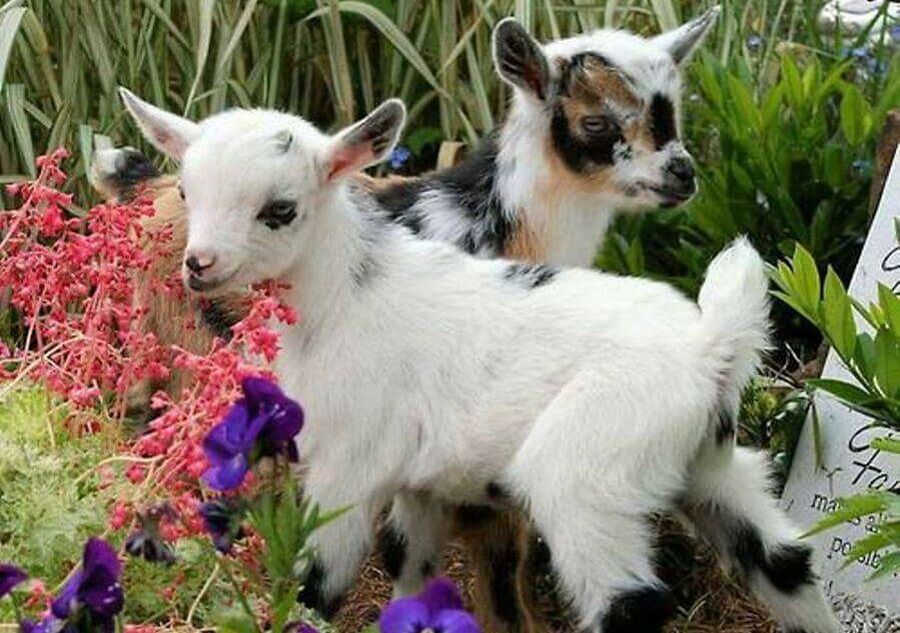
Conclusion
Pygmy goats are a popular breed of goat that are known for their small size, friendly nature, and playful behavior. They are relatively easy to care for and make great pets.
Breeding and raising pygmy goats can be a rewarding experience, but it requires careful planning and preparation. Whether you are looking to raise pygmy goats for meat, milk, or simply as pets, they are sure to bring joy and entertainment to your life.
Also Read :-
Livestock: The Backbone of Agricultural Systems and Food Production

